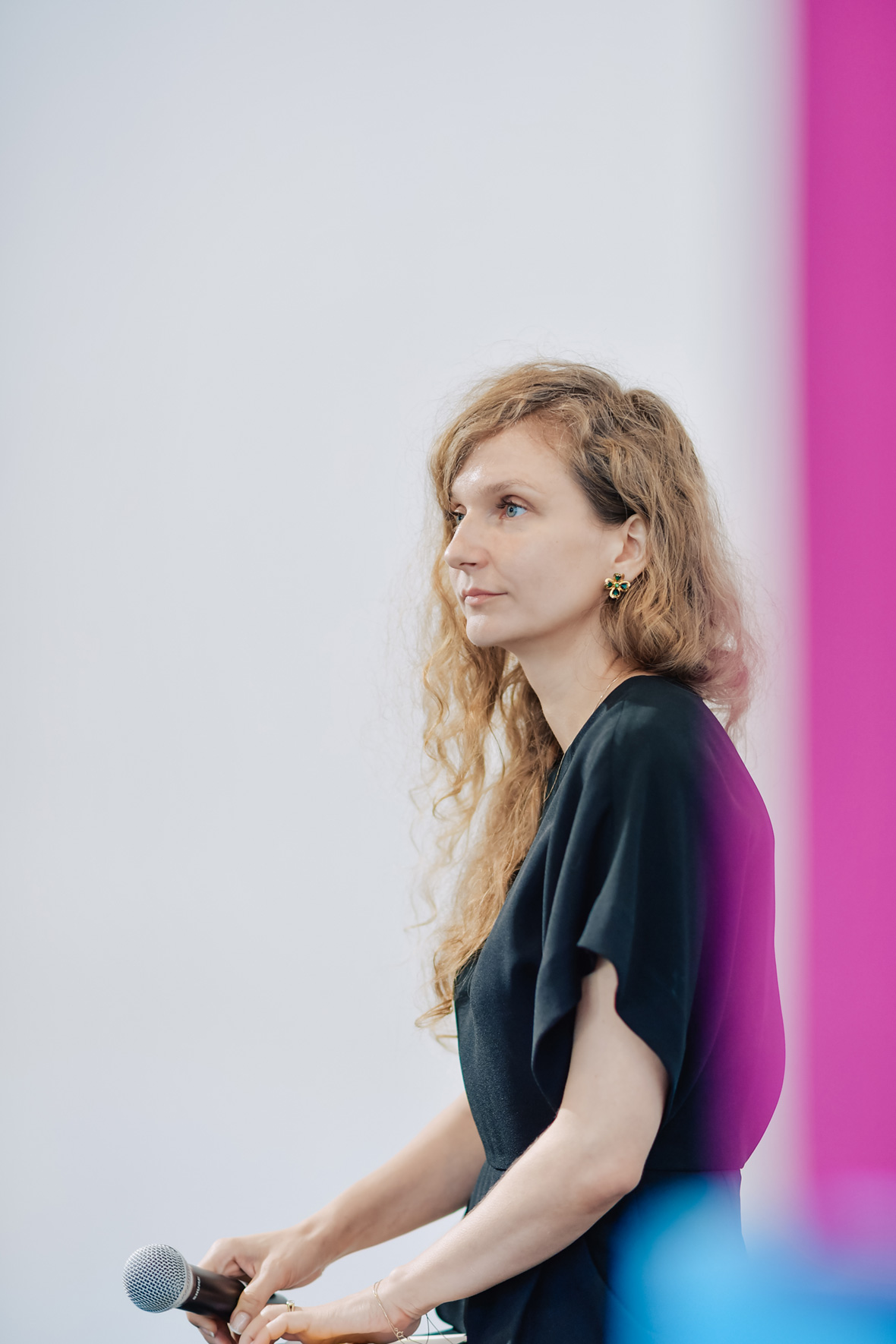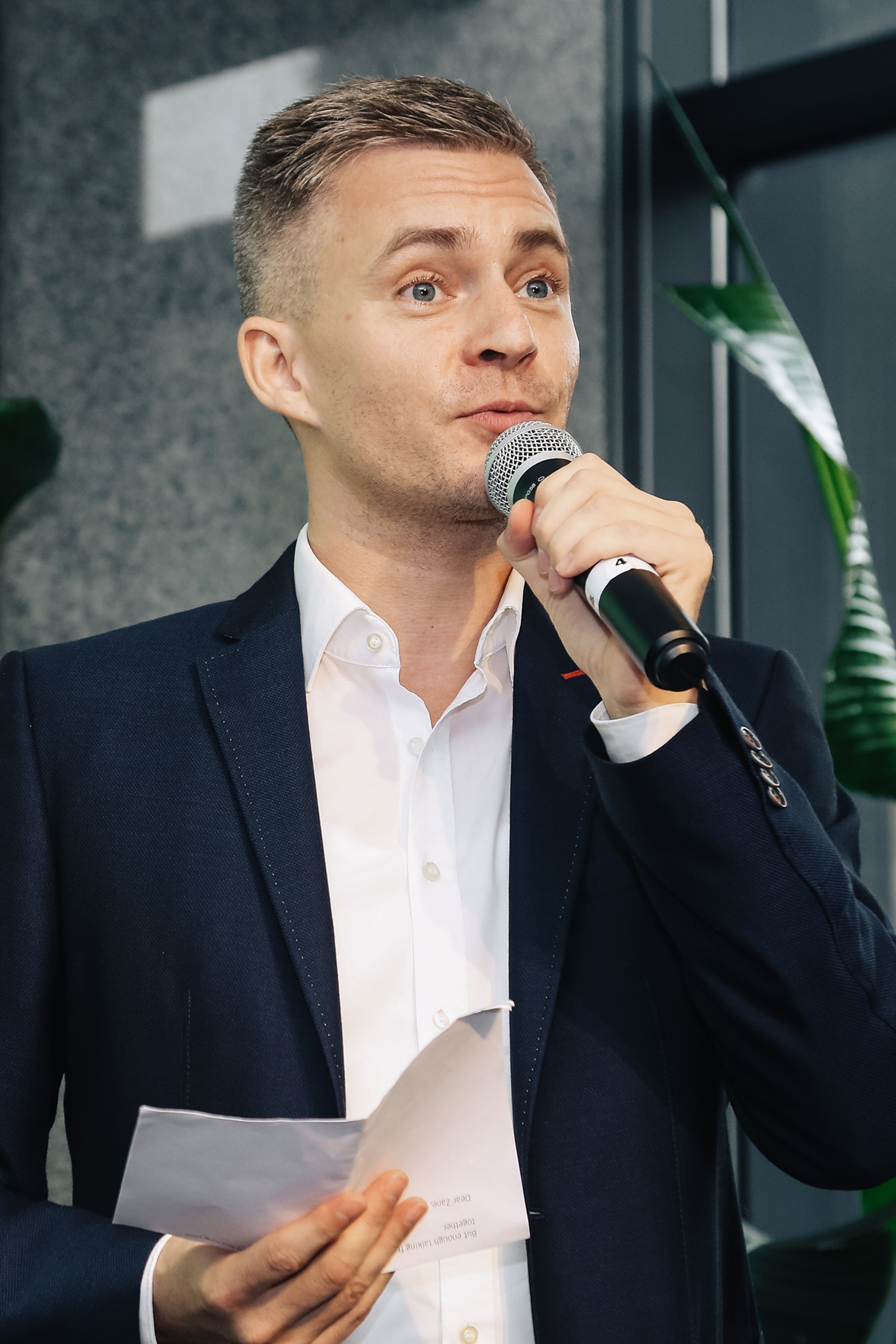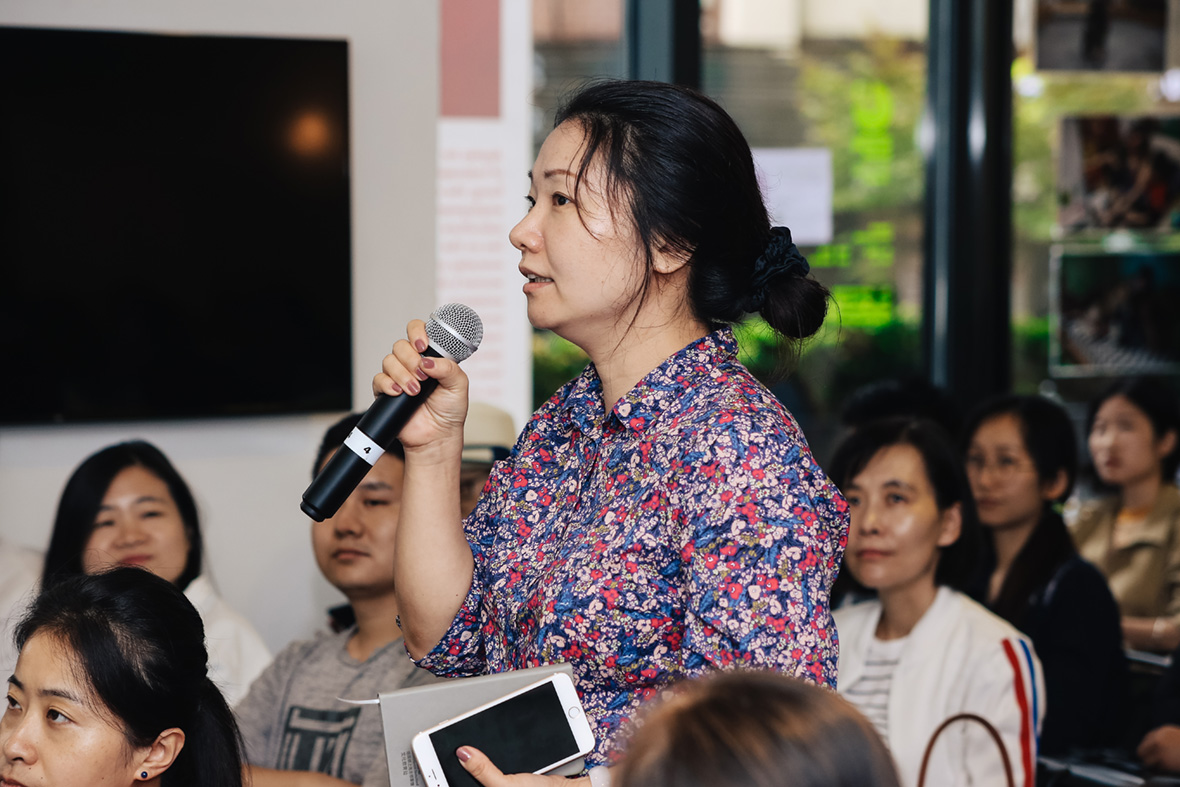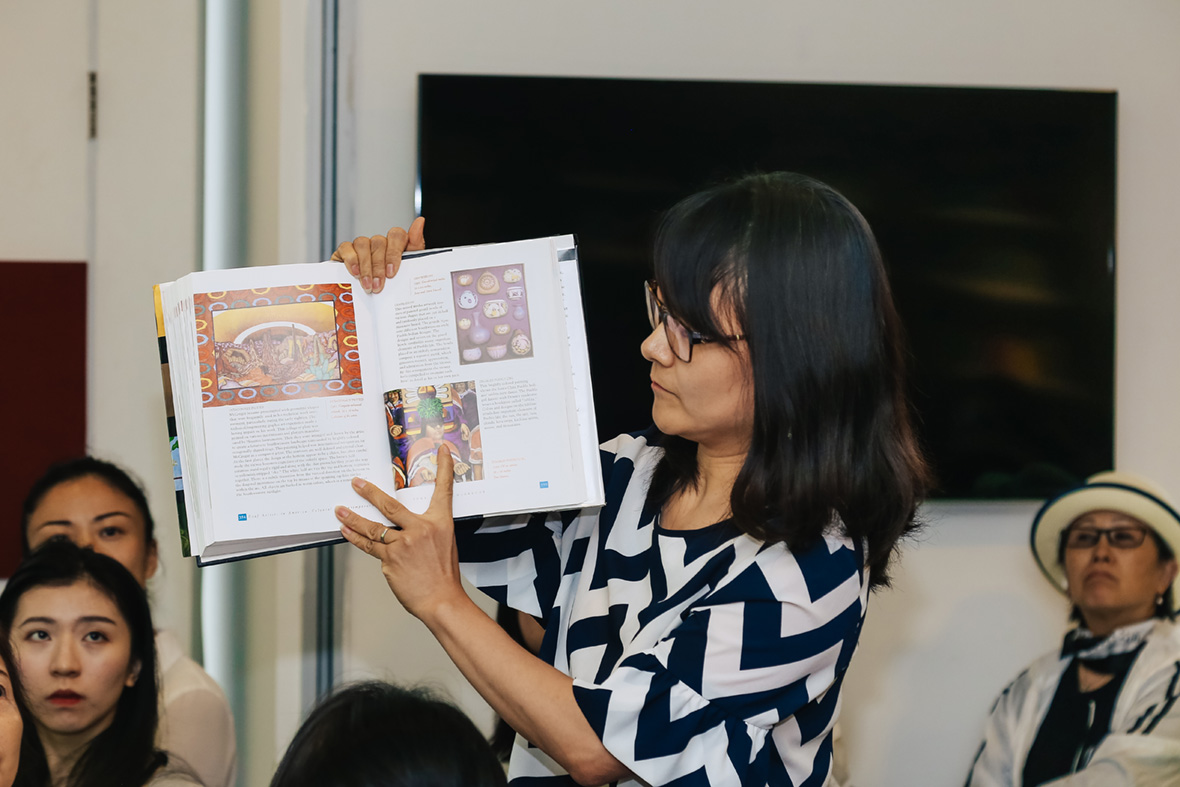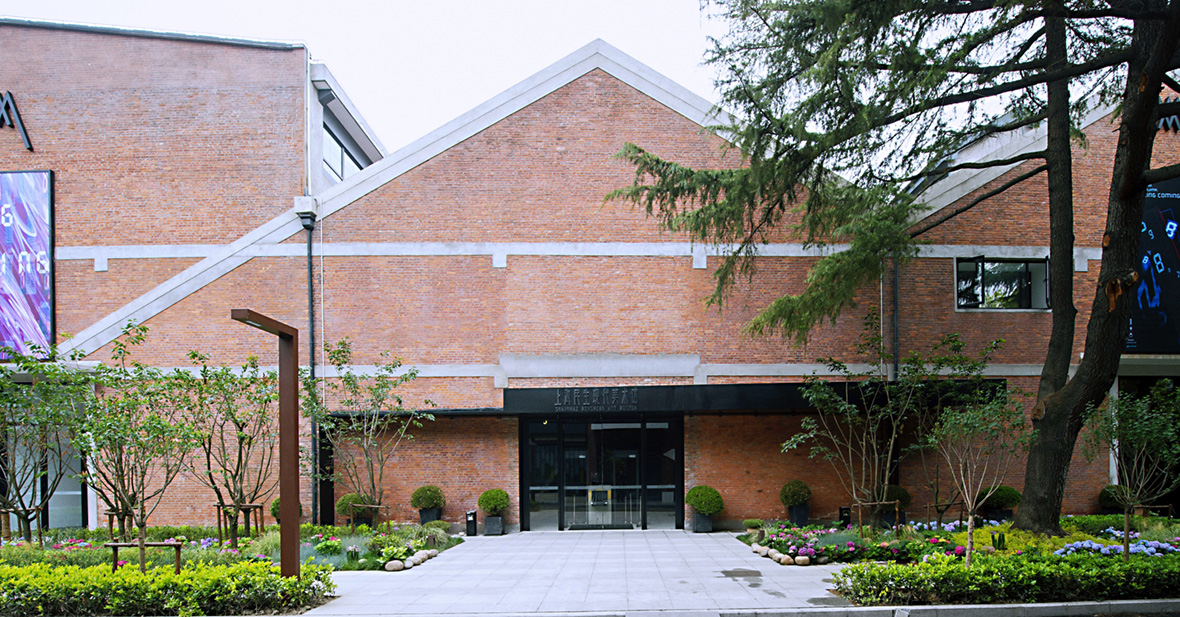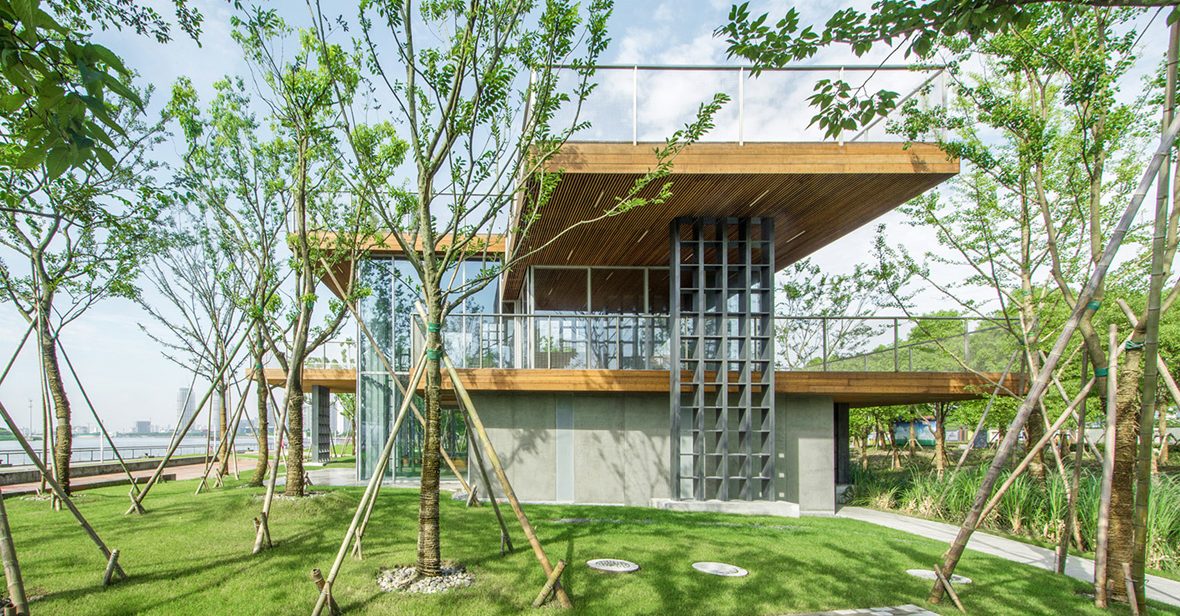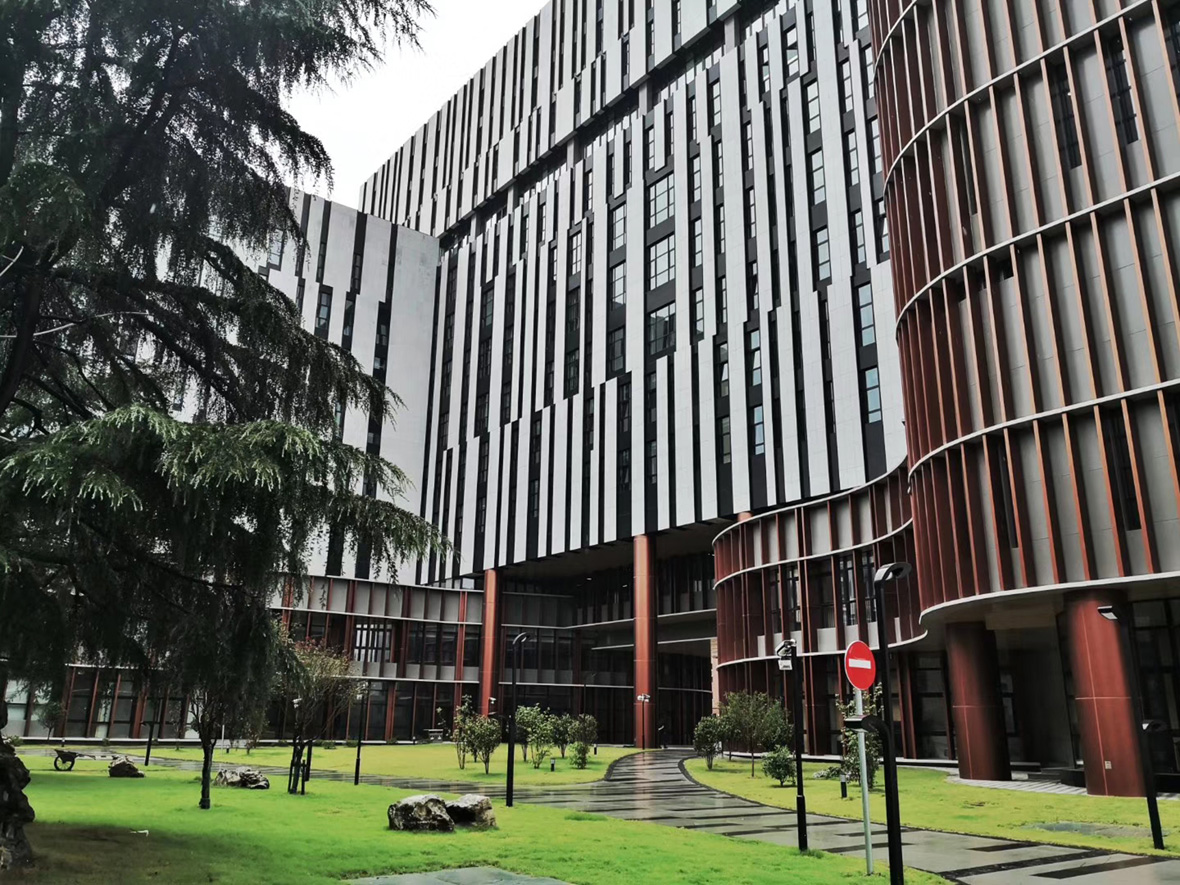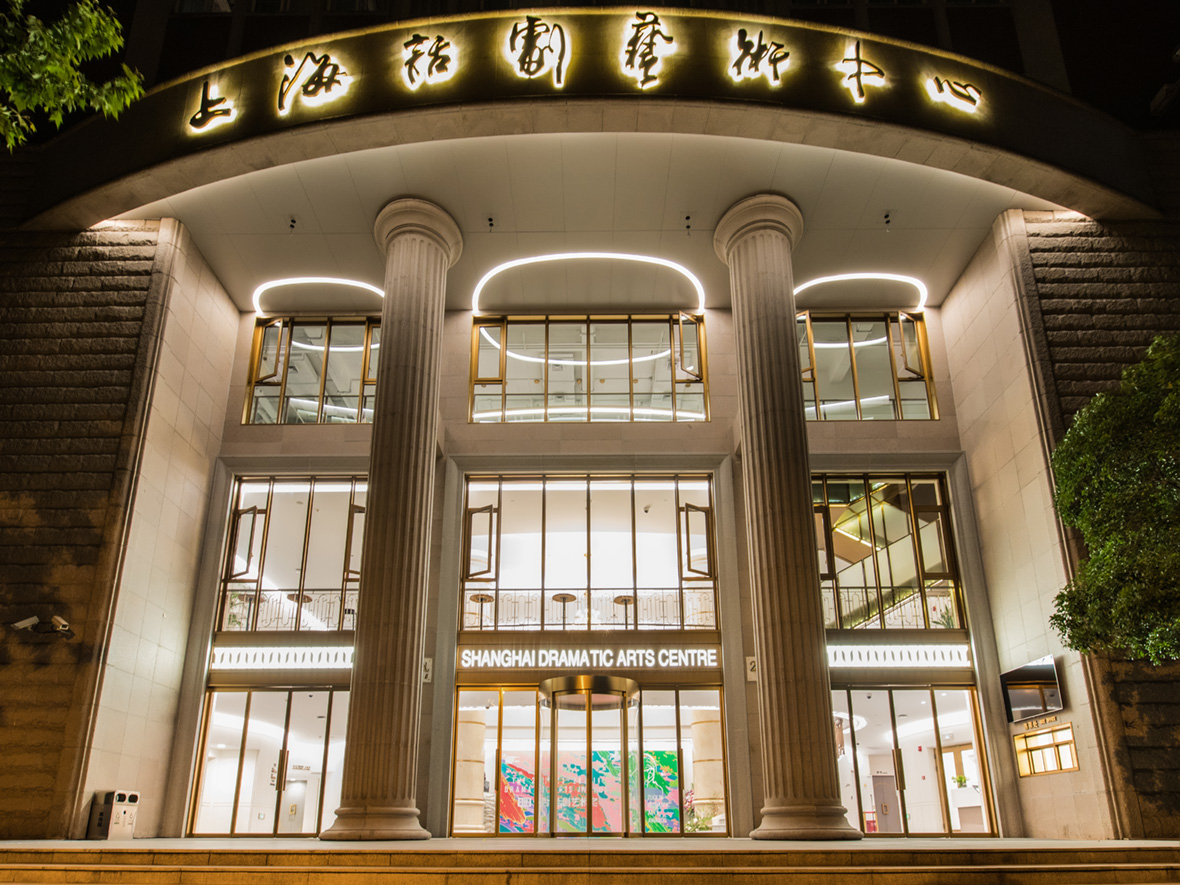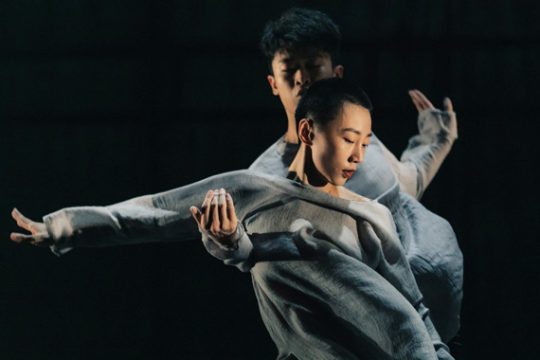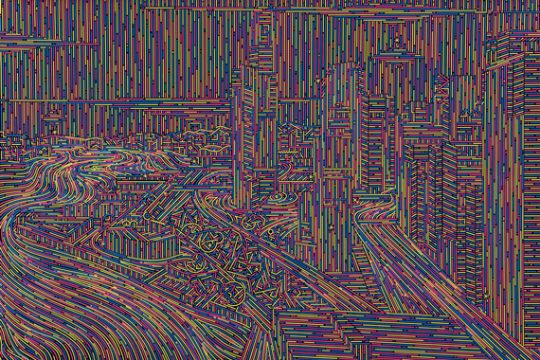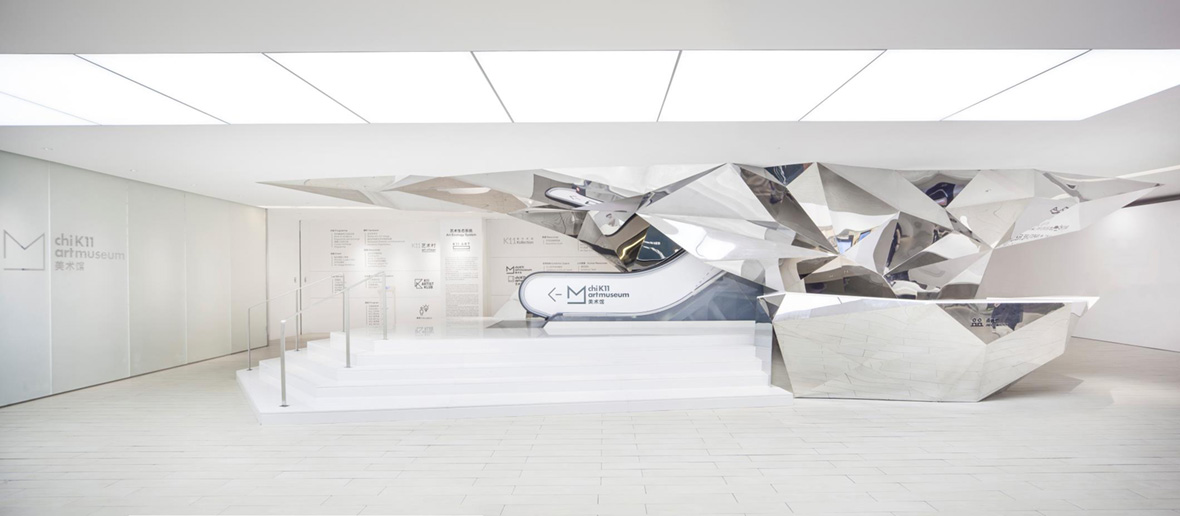
“Being good in business is the most fascinating kind of art. Making money is art and working is art and good business is the best art.” Andy Warhol’s famous line lies somewhere between sarcasm and sincerity, and it’s probably best taken as a provocation: he’s trolling us, daring us to defend a belief in art as a spiritual pursuit unsullied by lucre. You don’t have to be a romantic to insist that art and business are, in fact, very different creatures, though you also don’t have to be a cynic to recognize that art’s production and circulation depend on the market—artists, curators, and gallerists still have to eat, after all. Even if business isn’t really art, art has a business side that can’t be overlooked.
Arts management, as this business side is called, is the subject of a new series of workshops put on by the Department of Culture and Education of the German Consulate General in Shanghai—which we’ve written about before—in cooperation with WhyWhyArt. “Arts Management and Society” pairs experts in various fields from both China and the West to inspire the next generation of cultural professionals. Free and open to the public, the workshops are especially intended for students and industry insiders, and they highlight the important role that curators, gallerists, theater managers, museum directors, and others play in the art world. Not only do such professionals educate the public, they also help to discover rising stars. “Cultural managers can be talent scouts, finding ways to give exposure to the work of a new generation,” says Zane Mellupe, founder of WhyWhyArt. (She is also a founding member of the collective Island6.)
“好的商业是最迷人的艺术。赚钱是艺术,工作也是艺术,好的商业是最棒的艺术。”安迪·沃霍尔的这句名言让人觉得既像讽刺也像肺腑之言。或许,你最好把这句话当作一种挑衅:其似乎在刺激人们去捍卫我们一向的信念——将艺术视为一种不被金钱污染的精神追求。就算不是浪漫主义者,许多人也会坚持认为艺术与商业是截然不同的两码事;同样,就算不是愤世嫉俗的人也能认识到,艺术作品的生成与流通取决于市场——毕竟,艺术家、策展人和画廊商人也要谋求温饱。即使商业算不上是艺术,但艺术也有着不可忽视的商业一面。
德国驻上海总领事馆文化教育处与 WhyWhyArt 合作举办了一系列以商业领域所谓的“艺术管理”为主题的研讨会。“艺术管理与社会”(Arts Management and Society)系列研讨会汇聚了一批来自中国和西方不同领域的专家,旨在激发新一代的文化专业人才的灵感创想。这些研讨会对公众免费开放,特别适合学生和行业内人士,并强调了策展人、画廊运营者、剧院院长、博物馆馆长和其他职位在艺术界中的重要作用,他们的角色不仅在于对公众的引导,也在于发现新晋的艺术人才。“文化管理者也可以被称为星探,他们会想方设法帮助新一代艺术人才的作品获得更多曝光机会。” WhyWhyArt 创始人 Zane Mellupe 说道。(她也是上海艺术团体六岛创始人之一。)
This series of six workshops, which began in August and will run through December, explores topics such as “The Arts between Production and Consumption,” “The Impact of Arts Institutions,” and “The Functions of Culture and the Values of Art.” Each workshop consists of a recorded lecture by an European arts professional (originally part of a MOOC, or massive open online course, produced by the Leuphana University of Lüneberg) and a live discussion with one of six China-based arts experts: Gan Zhiyi, of the Shanghai Minsheng Art Museum; Jin Xing, of Jin Xing Dance Theatre; Lin Hongming, from the Shanghai Conservatory of Music; Huang Rui, from Thinking Hands; Zhang Huiqing, of the Shanghai Dramatic Arts Centre; and most recently, Venus Lau, of the Chi K11 Art Museum. The recorded lectures are delivered in English, while the live talks are given in Chinese, with simultaneous translation to Chinese sign language. These new Shanghai-based talks are available online on the platform Yizhibo, and they’ll eventually be followed by a video series on the Goethe website, establishing a sort of cross-continental dialogue with the original lectures. “I think both parties can learn from each other,” says Oliver Hartmann, head of the consulate’s Department of Culture and Education. “That’s why we’re trying to combine perspectives of cultural managers with the experiences of prominent figures from the Chinese art scene.”
此系列的六场研讨会从 8 月开始,将一直持续到 12 月结束,所探讨的主题包括 “作品和消费之间的艺术”、“艺术院校的影响” 和 “文化的功能与艺术的价值” 等等。每场研讨会都会纳入欧洲艺术专家主讲的录制讲座(吕内堡大学 Leuphana University 在 MOOC 及更多开放性教育平台上的课程)以及六位来自中国的艺术专家的现场讨论,他们分别为:上海民生现代美术馆的甘智漪、金星舞蹈团的金星、上海话剧艺术中心的张惠庆、上海音乐学院的林宏鸣、思想手设计·计划的黄锐,以及上海 Chi K11 美术馆的刘秀仪(Venus Lau)。录制讲座以英文讲授,而现场讲座则是以中文讲授,并配有中文手语同声传译者。上海的现场讲座现已在 “一直播” 平台上公开,同时你还将可以在歌德学院的官方网站看到这些视频。现场的讲座视频与录制课程相互呼应,构成大陆间对话的形式。“我认为双方都可以从彼此身上学习。” 总领事馆文化教育处负责人 Oliver Hartmann 表示,“因此,我们试图将文化管理者的观点与中国艺术界杰出人物的经验相结合。”
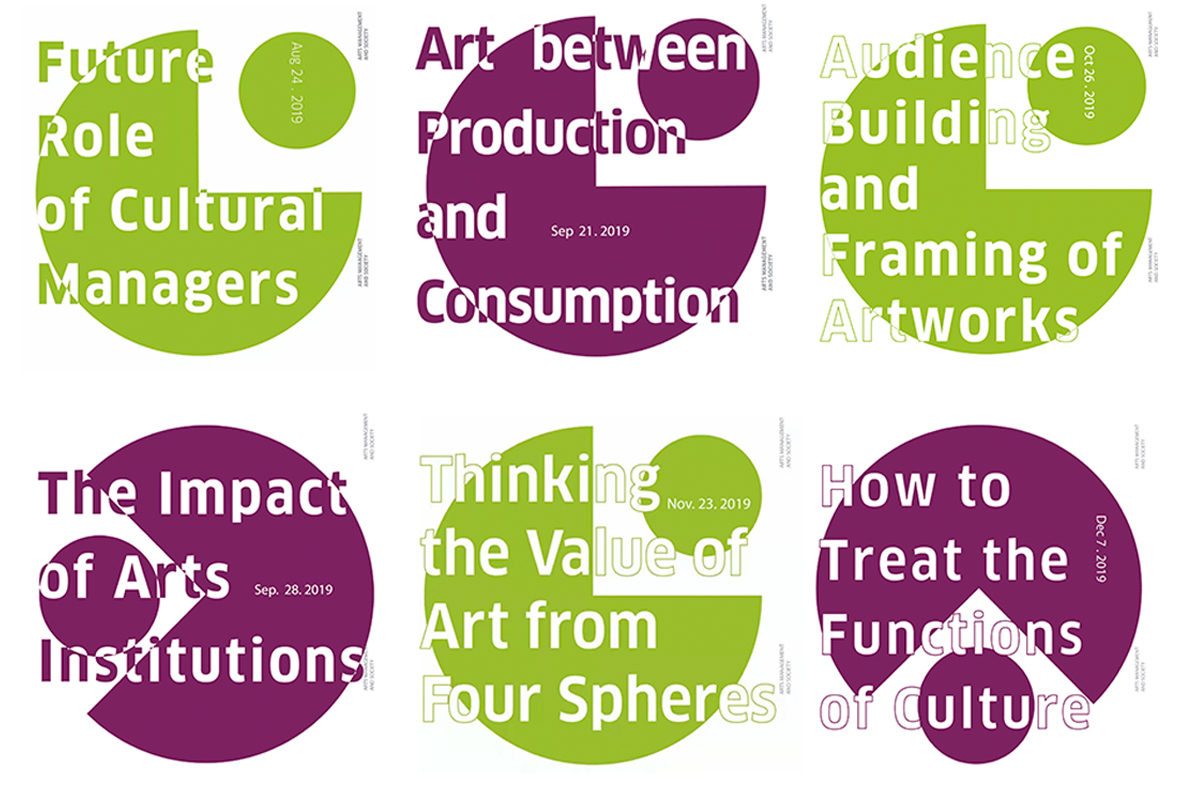
Successful cultural managers need much more than an eye for art and a grasp of trends. “Creativity, sensitivity, attention to detail, planning skills, an understanding of different cultural backgrounds, and strong organizational skills are a necessity,” says Mellupe. “So are writing skills, fundraising, budgeting, and the ability to reach audiences and ideally generate revenue.” Versatility is key.
Finding ways to fund cultural projects, or even make them self-sustaining, is a central part of the profession, but that’s not to say the goal is to turn a profit. On the contrary, only when financial pressures are tamed can artists fully devote themselves to their creative work. “Since I came to China nearly 20 years ago, many artists I’ve worked with have ended their art practice,” Mellupe goes on. “And for many, the reason was societal pressure to make more money.” Arts managers can help artists realize their visions by insulating them from the vagaries of the market. In other words, a solid understanding of art’s relationship to business could serve to keep the two separate.
Hartmann concurs. “Making a profit is not the main concern,” he says. “Arts management is important not just because it supports artists in their creative work, but also because it has a social and educational value.”
成功的艺术管理者不仅需要有欣赏艺术的眼光和对潮流趋势的掌握。“创意、敏感性、对细节的关注、计划技巧、对不同文化背景的理解以及强大的组织能力都必不可缺。” Zane 说,“此外,还需要有写作技能、筹款、预算、吸引观众以及创造盈利的能力。”总而言之,就是要多才多艺。
想办法获得文化项目资助,甚至是让项目实现自我维持,这些都是文化管理者工作的核心,但这并不是说其目标就是盈利。况且,只有在没有财务压力的情况下,艺术家才能充分专注于自己的创作。“从我 20 年前到中国以来,和我合作过的许多艺术家都没有再进行艺术创作了。” Zane 补充道,“对于许多人来说,原因都是来自收入方面的压力。”而艺术管理者可以帮助艺术家实现他们的梦想,帮助他们对抗市场的变幻莫测。换句话说,对艺术与商业关系的深入理解,有助于保持两者相互的独立性。
Hartmann 点头表示同意,他说:“赚钱不是主要目标。艺术管理之所以重要,不仅因为它能支持艺术家的创作,更因为它具有社会和教育价值。”
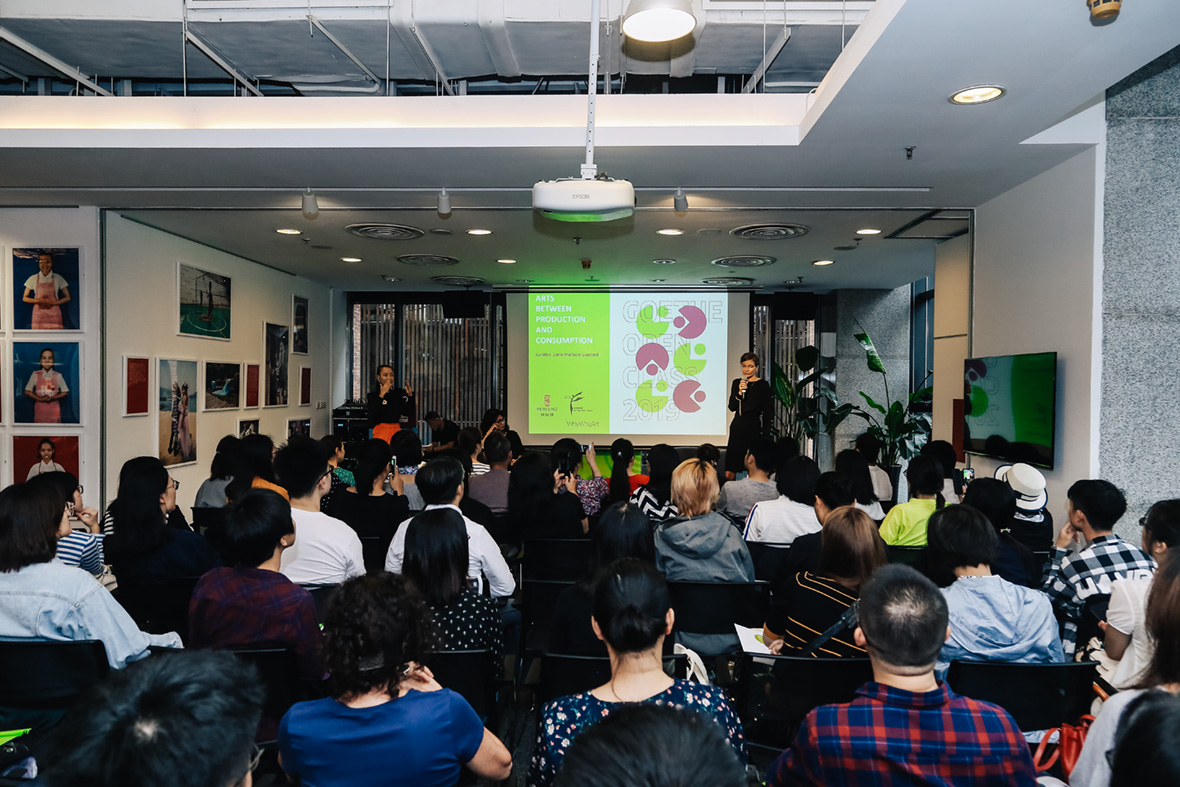
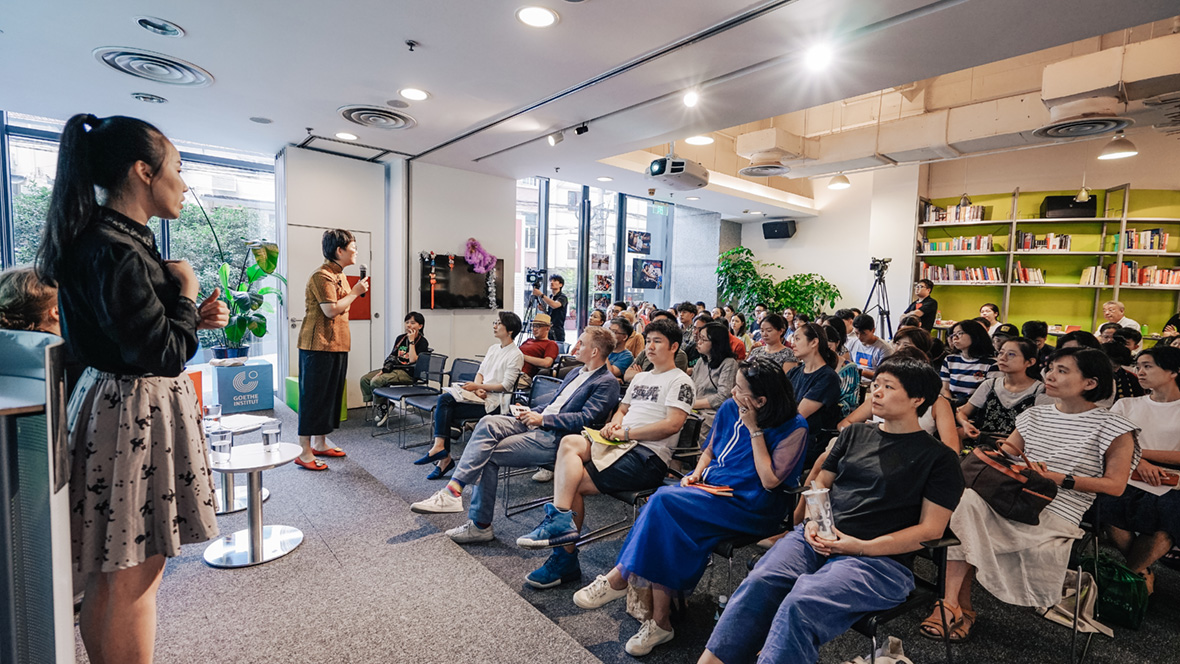
In Shanghai, where the line between malls and museums is distressingly blurry, training in arts management is all the more important. Museums here sprout up like mushrooms, and while a few boast excellent collections, several more struggle to cover their walls. (A few are unabashed real estate ventures.) The past decade alone has seen the creation of the Rockbund Art Museum, the Shanghai Minsheng Art Museum, the Yuz Museum Shanghai, the Power Station of Art, the Long, the Shanghai Himalayas Museum, Chi K11 Art Museum, the Shanghai Center of Photography, the Fosun Foundation, the Modern Art Museum, the HOW Art Museum, the Pearl Art Museum, the Silo of 80,000 Tons, the Powerlong Art Museum, and Tank Shanghai—and that’s only to list the larger institutions for the visual arts. Theatre, music, and the performing arts are likewise developing apace.
在上海,购物中心和艺术博物馆之间的界线越来越模糊,艺术管理方面的培训显得愈加重要。这里的博物馆如雨后春笋,尽管其中一些博物馆有非常出色的馆藏,但也有一些博物馆难以为继(其中有一些更是不折不扣的房地产企业。)。在过去十年中,就陆续出现了上海外滩美术馆、上海民生现代美术馆、上海余德耀美术馆、上海当代艺术博物馆、龙美术馆、上海喜玛拉雅美术馆、上海 Chi K11 美术馆、上海摄影艺术中心、复星艺术中心、艺仓美术馆、昊美术馆、上海明珠美术馆、民生码头8万吨筒仓、宝龙美术馆和油罐艺术中心——这些都还只是其中较大型的视觉艺术机构。戏剧、音乐、表演艺术机构也在同样快速发展。
If art is sold as a product, that’s partly because audiences seem less interested in works that challenge or move them than they are in “punching the card,” as the Chinese expression has it: posting a selfie to show that they’ve visited the same popular spots as everyone else. “Many people don’t know how to interpret or understand what they see in an exhibition, performance or play,” Hartmann says. “So I think one important role for cultural managers is to educate audiences in their habits of perception, to show them how to engage with art and how to be patient and self-reflexive, especially when dealing with serious or conceptual art that can be fairly complex.”
For Mellupe, creating in-person experiences is an important part of the mission of arts managers. “As people spend more time online, art forms that make people move are becoming more and more important,” she says. “Physical experiences are attractive and get people to leave the comfort of living on the internet.”
艺术品作为商品出售,部分原因在于观众对于 “打卡” 的兴趣远大于作品本身对他们的触动与震撼 —— 大部分人们还是会选择拍一张自拍,在互联网上晒出来,证明自己也和其他人一样参观了某个热门景点。“很多人不知道如何解释或理解他们在展览、演出或戏剧中所看到的作品。所以,我认为文化管理者的一个重要职责是培养观众的感知习惯,向他们展示如何与艺术互动,如何耐心欣赏和自我反馈,尤其是在面对严肃而抽象的复杂艺术时。” Oliver 说道。
Zane 认为,创造亲身经验是艺术管理者的重要使命之一。“随着人们上网的时间越来越多,能够带动人们的艺术形式变得越来越重要。”她说,“相比于虚拟网络的舒适区,亲身体验显得更有吸引力。”
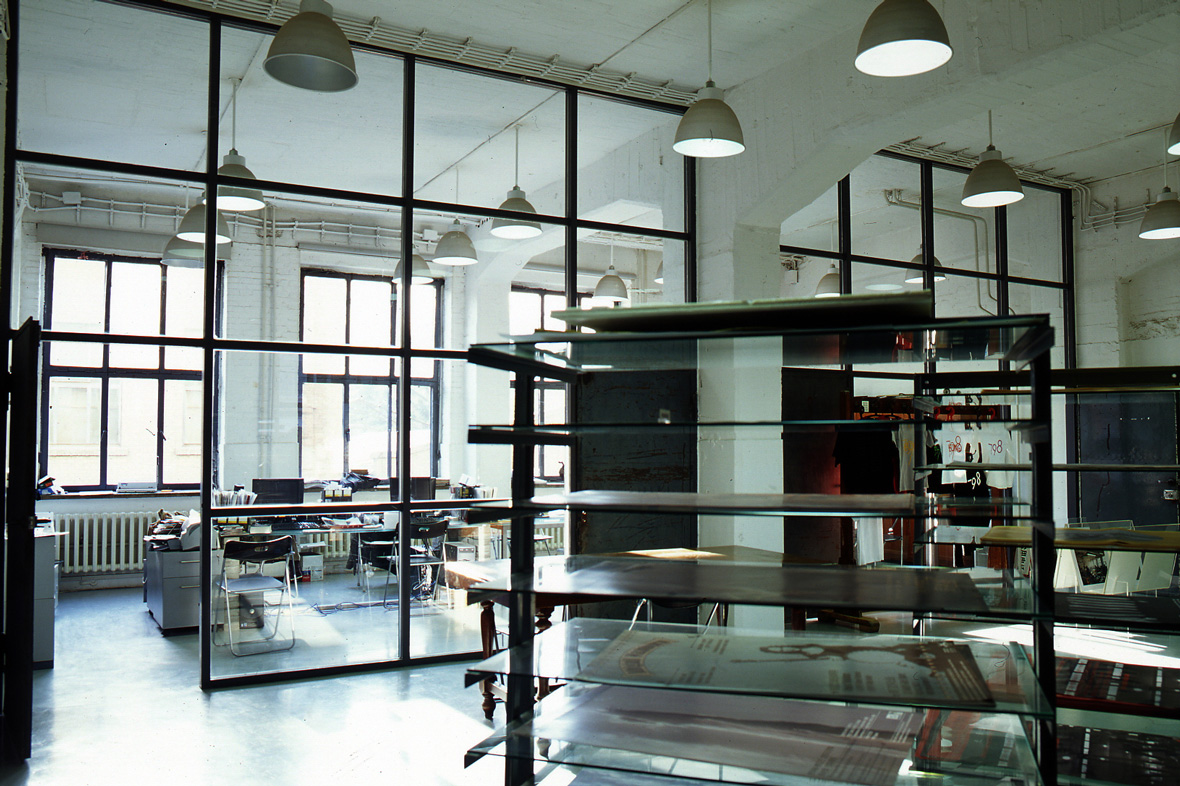
The future of art in China depends not only on painters and sculptors and videographers, but also on the people behind the scenes, curating the exhibitions, organizing the tours, producing the shows, and critiquing the work. And for art to be art, rather than just business, cultural managers will have to play a decisive role. “If we understand that painting and sculpture are not purely decoration, that plays or dance performances aren’t just about filling the theatre and making a profit, then we can recognize that art institutions are for supporting artists and for appreciating and promoting their work,” says Hartmann. “They provide platforms for free expression, the exchange of ideas, and cultural education.”
中国艺术的未来不仅取决于画家、雕塑家和摄像师,也取决于幕后策划展览、组织参观、制作表演和评论家。至于如何让艺术成为艺术,而不沦为纯粹的商业,文化管理者在这方面将发挥决定性的作用。“如果我们明白绘画和雕塑并不是纯粹的装饰,明白戏剧或舞蹈表演不只是要让剧院满座和赚钱,那么我们也能够明白,艺术机构的目的是支持艺术家,欣赏和推广他们的作品,为自由表达、交流想法和文化教育提供了平台。” Oliver 说道。
Like our stories? Follow us on Facebook and Instagram.
Website: goethe.de | whywhyart.com
WeChat: AKuB_Shanghai
Contributor: Allen Young
Chinese Translation: Olivia Li

